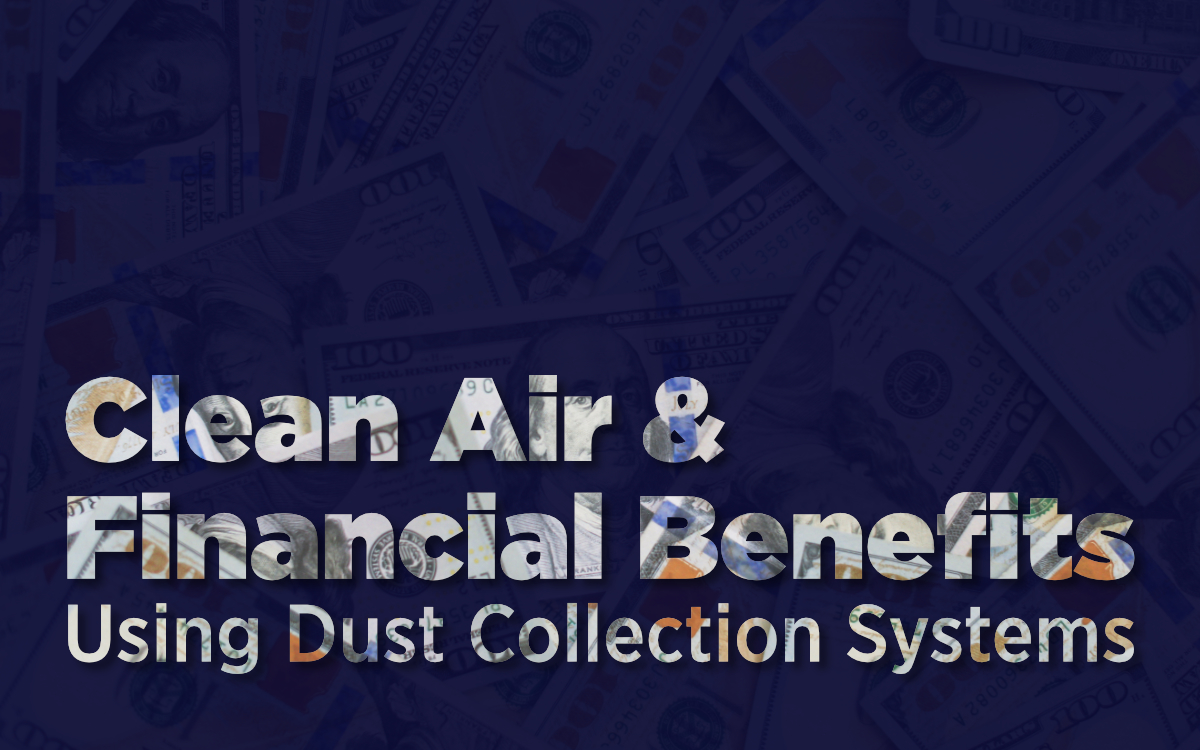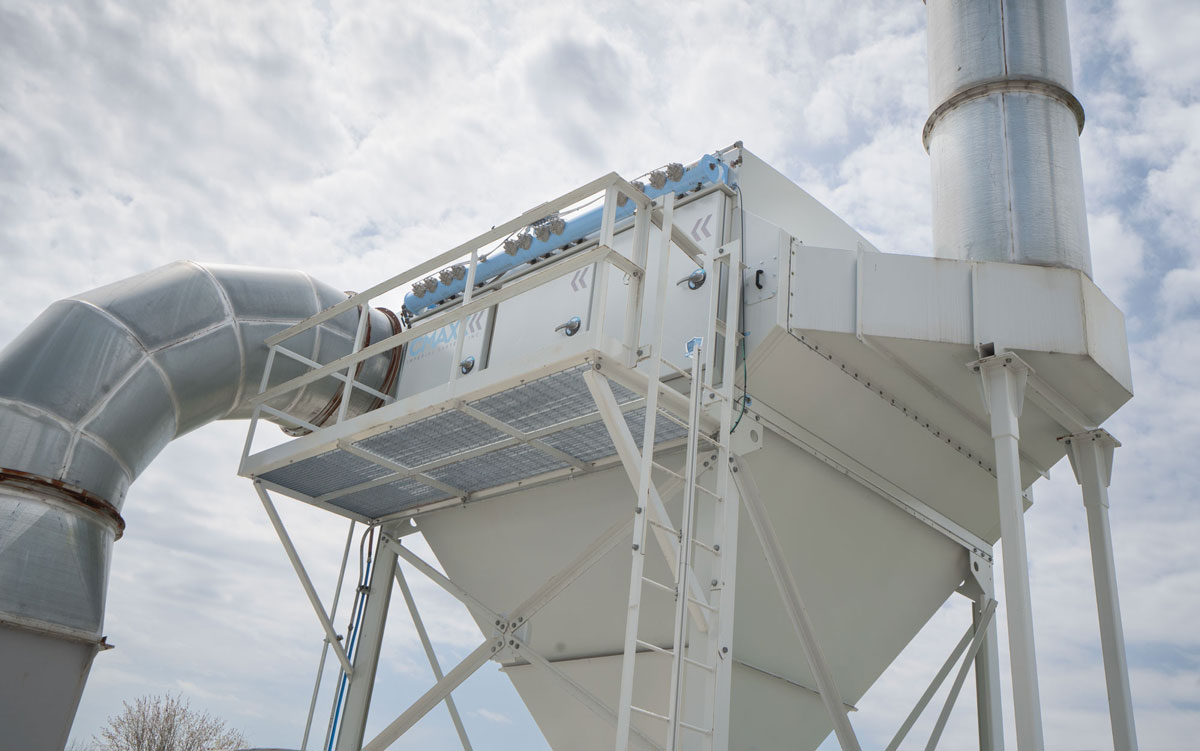NIOSH HAZARD EVALUATION: NO,YOU SHOULDN’T BREATHE POWDERED SHARK CARTILAGE

Most people would prefer to avoid having health inspectors show up at their workplace. So why were there 194 requests for health hazard evaluations in 2015 (one of which involved a facility where the concern was dust from powdered shark cartilage)?
These health hazard evaluations (HHE’s) are conducted by representatives from NIOSH. If trying to keep track of all the acronyms makes your head spin, you’re not alone, but the short answer is that NIOSH is the research and recommendation cousin of OSHA. They were both created by the same law (passed by Richard Nixon), but unlike OSHA, which makes and enforces laws, NIOSH is part of the Centers for Disease control. They do the testing and research that OSHA uses to develop regulations, but they do not have the authority to punish or fine anyone.
The fact that NIOSH does research and makes recommendations instead of punishment is why many companies are willing to work with them, and some even invite them to do a health hazard evaluation (it helps that the evaluation, including all of the testing, is free). They’re being proactive, and instead of getting fined for not addressing a problem, they’re showing everyone involved that they’re taking all efforts to solve it.
So who requests these evaluations? According to the CDC, there were 194 requests in 2015. The top three sectors requesting them were services, manufacturing, and wholesale and retail. 54% were requested by employees, 29% by management, 10% by unions, and the remaining 8% by others.
What kinds of things do these people evaluate? In industries we work with, their evaluations have included:
- Testing levels of respirable dust from an unusual source: powdered shark cartilage (while OSHA does not set a safe exposure level for powdered shark cartilage, NIOSH determined that it contained materials that cause allergic reactions)
- Testing for 31 different metals and other materials in the metal dust and fumes at a caster/slitter facility in Indiana (recommendations included sealing gaps in ventilation and providing education about respirator use)
- Assessing noise levels, poor lighting, and possible metal dust exposure in a company making wire rope in Missouri (recommendations included improved lighting and a hearing conservation program; they found that the levels of metal dust were not a problem)
- Determining exposure to styrene dust in wind turbine manufacturing (levels were higher than they should be, and changes in the process were recommended, including hoods and air quality control systems)
- Evaluating wood dust in a sawmill in Colorado (exposures to wood dust were found to be at safe levels, but noise levels were high in some areas)
These different recommendations show that NIOSH hazard evaluations aren’t targeting companies to punish them. Most of their recommendations aren’t too difficult to follow. If simple things like better lighting, hearing protection, and air quality control can keep people healthy and avoid fines at the same time, it’s information that’s worth having.
Sometimes employees or others request an evaluation because they are concerned that they’re being exposed to health risks. Sometimes a NIOSH evaluation finds that the employer needs to take steps to improve health and safety… but sometimes they find that the employees are not being exposed at unsafe levels or that the current PPE is sufficient to protect them, which can reassure them that their health is not in danger. Since the evaluation is at no cost to the company, this reassurance can be valuable for an employer as well.
This is why almost 30% of the requests for HHE’s come from management. What about the 54% that were requested by employees? An employer might not be thrilled about a visit from NIOSH, but considering that they’re there to collect data and recommend solutions, it’s not a bad thing. As long as those recommendations are followed, the HHE can serve as proof that a company cares about employee health.
http://www.cdc.gov/niosh/hhe/pdf/2015annualreport-508.pdf
https://www.cdc.gov/niosh/hhe/
https://www.cdc.gov/niosh/hhe/reports/pdfs/2008-0091-3118.pdf
https://www.cdc.gov/niosh/hhe/reports/pdfs/1998-0072-2762.pdf
https://www.cdc.gov/niosh/hhe/reports/pdfs/1993-0700-2335.pdf


